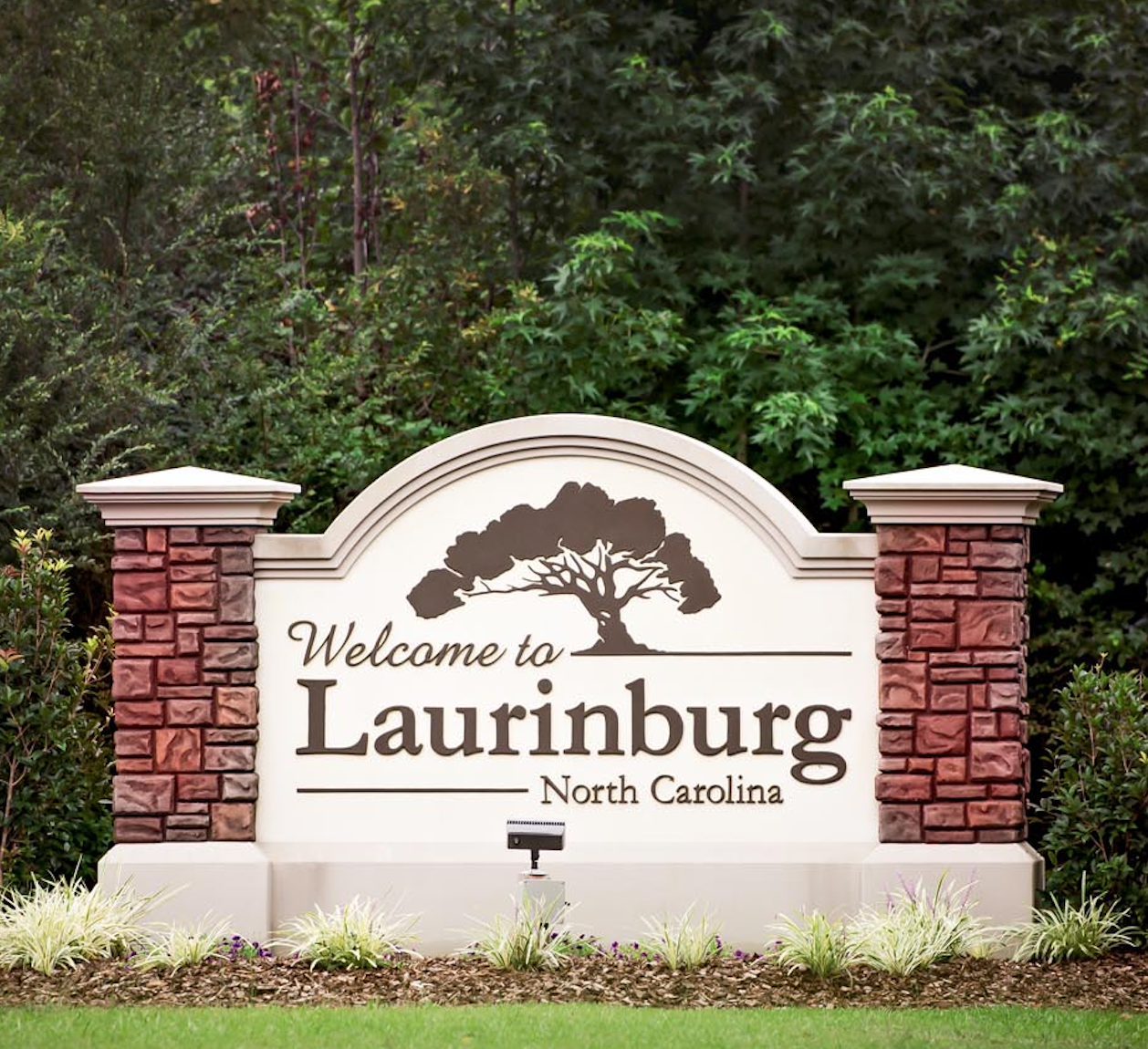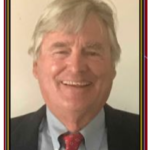Laurinburg NC: A Lesson on Healing the Racial Divide in America

Our family moved to Laurinburg North Carolina in 1978 when I assumed a position on the faculty of the University of North Carolina at Pembroke. Laurinburg is a small town on the South Carolina border between Charlotte and the beach. When the town newspaper was delivered that first week we were there, the headline read: “Cotton is Still King.”
In other respects, however, it was a surprising first week for a Yankee liberal from Massachusetts. I learned that our eldest daughter had become the campaign manager for a fellow student who was running for president of the school. He was black. Our two younger children went to an elementary school where the principal and several teachers were African American. I was amazed at how smoothly these fully integrated schools functioned.
Three years later, through an interesting set of circumstances, I became chair of the Human Relations Commission for the county. The three races within the county received equal representation—white, black, and Native American. During my five years on the Commission, we successfully established a teen pregnancy council and diffused some tense labor relations issues. The three racial groups worked extremely well together.
During the 1970s and 80s, the economy of the town was thriving. There were five major industrial plants within the county. Unemployment was extremely low, and the average wage was twenty dollars an hour. Crime was something you rarely heard about. Most of the people we knew didn’t lock their doors at night.
Three years ago we returned to visit our former next door neighbors who still lived in the town and with whom we had remained in close contact. It was a different place. Four of the five industrial plants had left the area. The unemployment rate was close to 30%, and the average wage had declined to $12.50 an hour. The schools were underfunded, and white parents with money were sending their children to Christian academies. Crime and opioid addiction had become major problems. The three major racial groups were no longer working well together with a tribal mentality replacing the spirit of cooperation I had encountered thirty years prior to our return visit.
Two years ago I had the privilege of telling this story to Andrew Young who provided me with an interesting perspective on the problem of systemic racism in this country. I met Ambassador Young at a party given by a close friend to raise money for a predominately African American college in Atlanta. Amazingly I had half an hour, one-on-one, with the former United Nations ambassador. We talked about his early years with Dr. King, his tenure as mayor of Atlanta, and his years in the Carter administration.
When I told Ambassador Young of my Laurinburg experience, he smiled and said: “You know, Rick, the problem of systemic racism in this country is not all that difficult to understand. As your Laurinburg example tells us, the cause is primarily economic. When white folks have good jobs, they make good neighbors. When they are unemployed and scared or underemployed and resentful, there are problems.”
Making progress with the problem of systematic racism in America will involve building-up African Americans with better health care, better education, and an economy that provides them with good jobs. It will also involve major reforms within the criminal justice system.
On the other hand, we must not forget that a major cause of the problem is white resentment and fear. My Laurinburg example suggests that these anxieties among white Americans are legitimate. Twenty-first century capitalism driven by free trade and the digital revolution has decimated rural America. We must not forget these rural white Americans who also suffer under the yoke of poverty and injustice in our long overdue quest to make things right with the black community.
Dr. Rick Herrick (PhD, Tulane University), a former tenured university professor and magazine editor, is the author of four published novels and two works of nonfiction. His most recent book, A Christian Foreign Policy, presents a new way of looking at the relationship between religion and politics.

